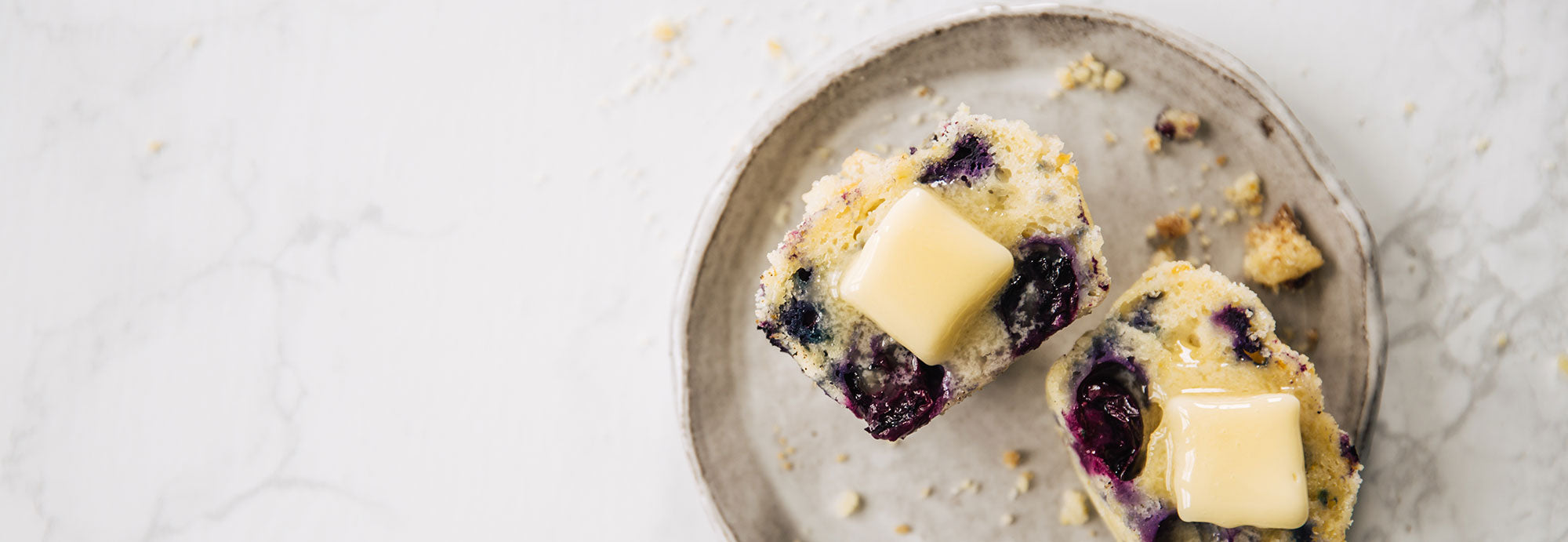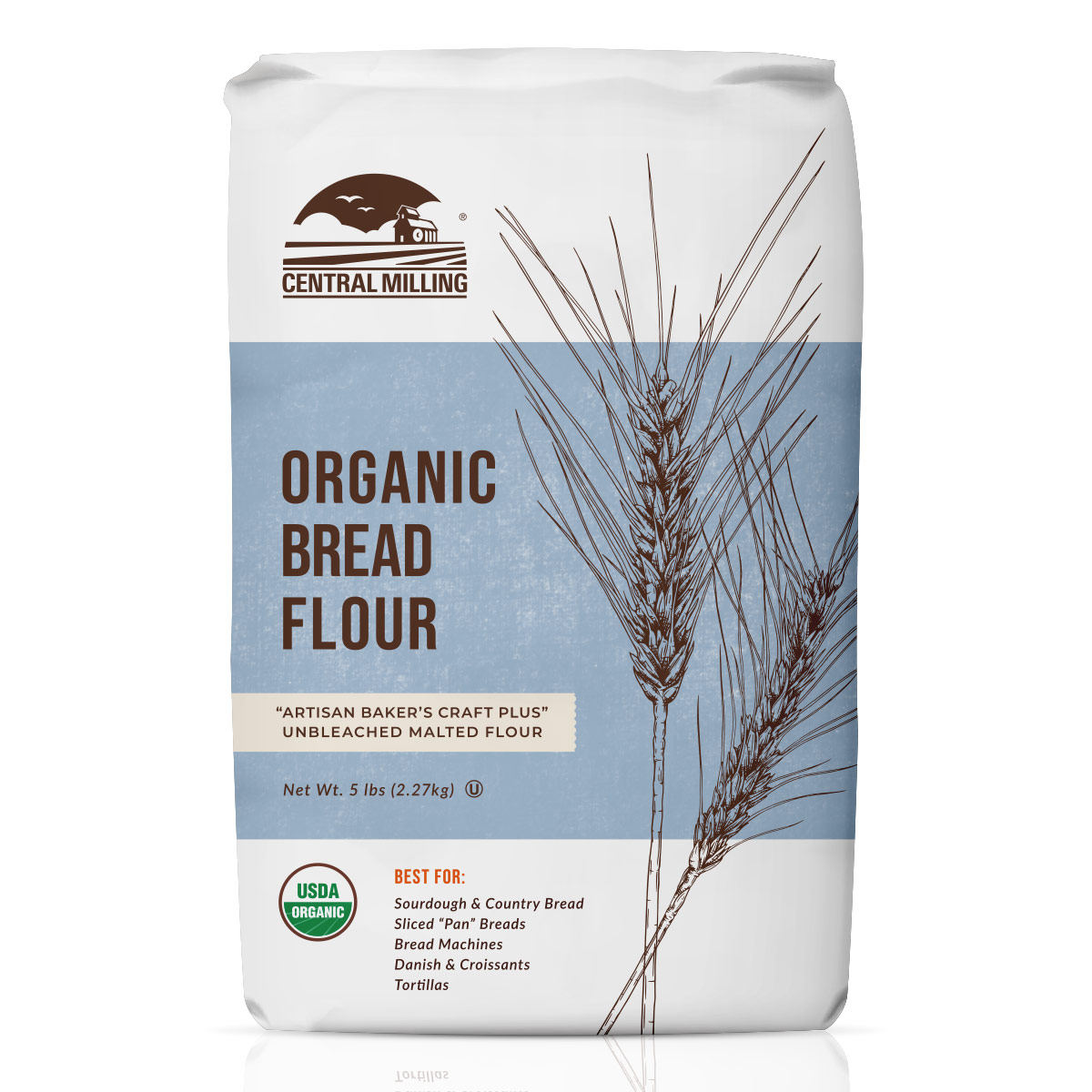Hello all,
The standard croissant recipe calls for approximately 30% of the weight of the détrempe in butter. While that has yielded me some decent results (attaching pictures), my croissants have always come out bland and rather insipid. I am French (living in USA) and perhaps I'm just too used to the croissants that I get back home, which have a higher butter content and stronger butter flavor.
Has anyone attempted homemade croissants with a butter content of ... say... 40 or 45%?
Worth mentioning that I did make a "croissant loaf" which called for higher butter content, and taste-wise it came out much more to my liking; much closer in taste to croissants in France.
It’s the type of butter not the percentage that is making the difference in the taste of the croissant. In the United States the butter is sweet cream butter. The butter is not cultured. So even if you use a higher butterfat American butter, the taste is still bland by comparison.
In France the butter is cultured, meaning the cream is fermented. This gives the butter a tangy rich flavor. In addition the butter in France has a higher percentage of butterfat. And finally there is terroir. French dairy cows are grass grazing. American dairy cows are not always left to graze, and when they are, they are often supplemented with grains.
The French are so dedicated to the traditions of butter that wood churned and paddled butter is still sold in France.
French butter is far superior in flavor than American butter. If you want a better croissant use imported French butter such as Echiré and Beurre d'Isigny. If you can’t find either of those look for an American butter called Vermont Creamery. The founder of the creamery learned to make butter in Brittany by culturing the cream. The creamery was sold to LandOLakes in 2017. But they continue to produced a couple of styles of cultured butter, one of which is an 86% butterfat. You can experiment and see which butter fat percentage you like best.
Flour differences is probably another issue. Take a look at a website called Central Milling Look at their Organic Artisan Bakers Craft Plus. This is a unbleached hard red wheat flour blend that is 11.5% protein, with 0.60% ash. Central Milling supplies some of the top bakeries in the country. Their client list reads like the Who’s Who in America Bakers and Bakeries. Their training center is often host to Peter Yuen. The Artisan Bakers Craft and Plus are standard flours used in the training center. Yuen is probably the Grand Master of laminated dough. I can’t wait for things to settle back to normal because Yuen was suppose to give a two-day workshop on lamination there. And I really want to take it.
edit: the difference between Organic Artisan Bakers Craft Plus and the Organic Artisan Bakers Craft is the Plus is malted. Malt is added to flour to aid browning during baking. Most all purpose flours have malt (look at the ingredients on a bag of flour like King Arthur.
Vermont Creamery Has Been Consciously Crafting Delicious Dairy Products Since 1984. Our Specialty European-Style Dairy Tastes Better Because It's Made Better. Learn More. Certified B Corp. Award-Winning. Taste The Difference.

www.vermontcreamery.com
This organic malted artisan bread flour – a blend of hard red winter wheat – has been designed specifically for artisan bread baking.

centralmilling.com





